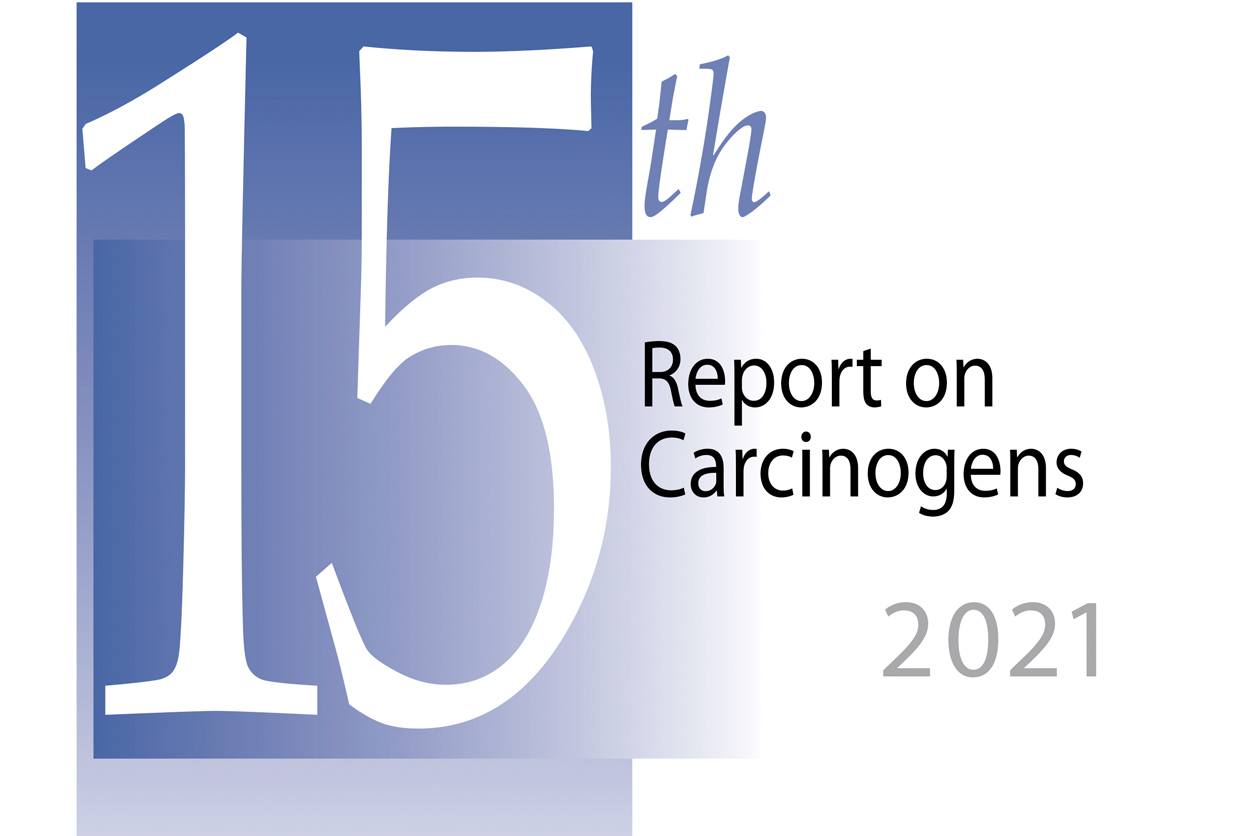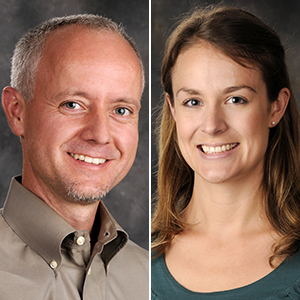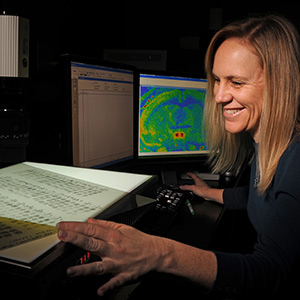Eight substances have been added to the Report on Carcinogens, bringing the total list to 256 substances that are known, or reasonably anticipated, to cause cancer in humans. This is the 15th Report on Carcinogens(https://ntp.niehs.nih.gov/go/roc15), which is a cumulative report mandated by Congress and prepared by the National Toxicology Program (NTP) for the Secretary of the U.S. Department of Health and Human Services. The release of this report in late December coincided with the 50th Anniversary of the National Cancer Act of 1971, which initiated the nation’s war on cancer.
 A Data Exploration Dashboard(https://ntp.niehs.nih.gov/whatwestudy/assessments/cancer/roc/data/?utm_source=direct&utm_medium=prod&utm_campaign=ntpgolinks&utm_term=roc15d) for the 15th Report on Carcinogens provides an easy-to-understand visual breakdown of all substances listed in the document and their associated cancers. (Image courtesy of NIEHS)
A Data Exploration Dashboard(https://ntp.niehs.nih.gov/whatwestudy/assessments/cancer/roc/data/?utm_source=direct&utm_medium=prod&utm_campaign=ntpgolinks&utm_term=roc15d) for the 15th Report on Carcinogens provides an easy-to-understand visual breakdown of all substances listed in the document and their associated cancers. (Image courtesy of NIEHS)In the new report, chronic infection with the bacterium Helicobacter pylori (H. pylori) is listed as known to be a human carcinogen. The flame-retardant chemical antimony trioxide, and six haloacetic acids (HAAs) found as water disinfection byproducts are listed as reasonably anticipated to be a human carcinogen.
“Cancer affects almost everyone’s life, either directly or indirectly,” said Rick Woychik, Ph.D., director of the National Institute of Environmental Health Sciences and NTP. “As the identification of carcinogens is a key step in cancer prevention, publication of the report represents an important government activity towards improving public health.”
Wide variety of substances
The Report on Carcinogens identifies many different environmental factors, collectively called substances, including chemicals; infectious agents, such as viruses; physical agents, such as X-rays and ultraviolet radiation; and exposure scenarios. To indicate the potential hazard, a substance is listed as either known to be a human carcinogen or reasonably anticipated to be a human carcinogen.
The report does not include estimates of cancer risk because many factors affect whether a person will develop cancer. Those include the carcinogenic potency of the substance, the level and duration of exposure, and an individual’s susceptibility to the carcinogenic action of the substance.
Chronic infection with H. pylori
H. pylori is a bacterium that colonizes in the stomach and can cause gastritis and peptic ulcers. Most people do not show symptoms. Chronic infection may lead to stomach cancer and a rare type of stomach lymphoma. Infection primarily occurs from person-to-person contact, especially in crowded housing conditions, and may occur by drinking well water contaminated with H. pylori.
People living in poverty and certain racial, ethnic, and immigrant groups are disproportionately affected by H. pylori ;infection. Treatment of infected people who have stomach ulcers or signs of stomach infection can decrease their risk of cancer.
Antimony trioxide
Antimony trioxide is primarily used as a component of flame retardants in plastics, textiles, and other consumer products. Highest exposure occurs among workers who produce the substance or use it to make flame retardants.
Other people are potentially exposed to low levels of antimony trioxide from breathing contaminated outdoor air or dust from the wear and tear of flame retardant–treated consumer products, such as carpets and furniture. State and federal agencies limit exposure to the substance in the workplace and the environment through regulation.
Six haloacetic acids (HAAs) found as water disinfection byproducts
Water treatment removes contaminants and disease-causing agents from drinking water. HAAs are formed during the disinfection of water from a reaction between the chlorine-based disinfection agents and organic matter in the source water.
Approximately 250 million U.S. residents use community water systems and are potentially exposed to HAAs in disinfected water. Municipal water systems monitor for some HAAs. Improvements in disinfection technology, such as filtration methods, can reduce the levels of HAAs in drinking water.
The following six HAAs are included in the report:
- Bromochloroacetic acid (BCA)
- Bromodichloroacetic acid (BDCA)
- Chlorodibromoacetic acid (CDBA)
- Dibromoacetic acid (DBA)
- Dichloroacetic acid (DCA)
- Tribromoacetic acid (TBA)
(Editor’s note: This story is based on a Dec. 21 press release by NIEHS.)









